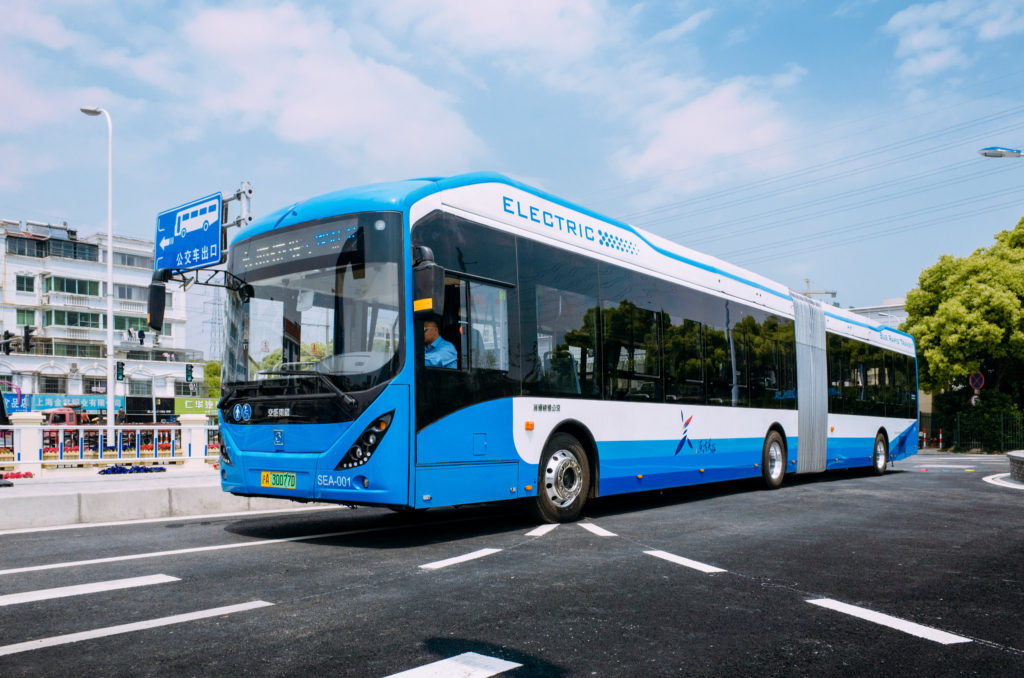
Latin America has become increasingly urbanized. In fact, about 80% of the region’s population lives in cities today and by 2050, that figure could climb to 90%. Transportation is the largest and fastest-growing source of energy-related emissions in Latin America and accounts for about a third of all of the region’s carbon dioxide emissions.
Private vehicle ownership is rising in Latin America but at the same time, the region’s rapidly growing cities have increased demand for buses, taxis, and motorcycles. Currently, an estimated 64,000 people die prematurely every year in Latin America and the Caribbean as a result of air pollution, which is mostly caused by transportation emissions.
Given this situation, major cities across Latin America – from Colombia to Argentina – are starting to adopt electric bus fleets. Latin America actually has the highest use of buses per person globally. So, the transition to electric buses is an important step toward meeting climate targets, cutting fuel costs, and improving air quality.
Medellin, Colombia – whose metropolitan area has 3.7 million people – has started to add electric buses to its fleet, the rest of which runs on natural gas. When new units arrive from China later this year, Medellin will have the second largest electric bus fleet in Latin America, after Santiago, Chile.
Worldwide, 425,000 electric buses are in operation, 99% in China. Europe has a couple of thousand while the United States has only 300. But going forward, and especially in Latin America, electric buses are the wave of the future. Estimates are that there will be 1.3 million on the roads by 2040.
**********
Web Links
An Increasingly Urbanized Latin America Turns to Electric Buses
Photo, posted April 22, 2018, courtesy of Hans Johnson via Flickr.
Earth Wise is a production of WAMC Northeast Public Radio.
Leave a Reply